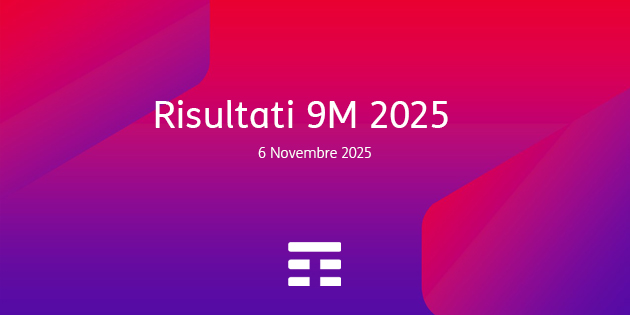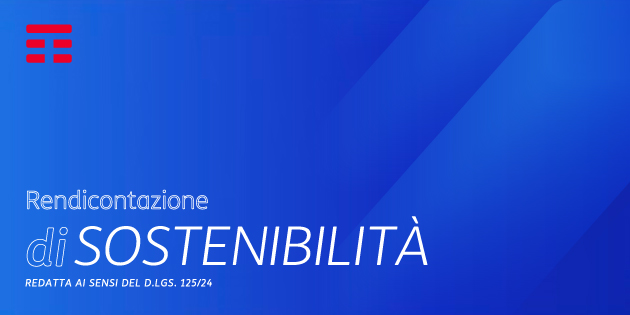Security Impact
The user may be redirected to an untrusted page that contains malware which may then compromise the user's machine. This will expose the user to extensive risk and the user's
interaction with the web server may also be compromised if the malware conducts keylogging or other attacks that steal credentials, personally identifiable information (PII), or other important data.
Remediation Steps
In most situations where user-controllable data is copied into application responses, cross-site scripting attacks can be prevented using two layers of defenses:
- Input should be validated as strictly as possible on arrival, given the kind of content that it is expected to contain. For example, personal names should consist of alphabetical and a small range of typographical characters, and be relatively short; a year of birth should consist of exactly four numerals; email addresses should match a well-defined regular expression. Input which fails the validation should be rejected, not sanitized.
- User input should be HTML-encoded at any point where it is copied into application responses. All HTML metacharacters, including < > " ' and =, should be replaced with the corresponding HTML entities (< > etc).
In cases where the application's functionality allows users to author content using a restricted subset of HTML tags and attributes (for example, blog comments which allow limited formatting and linking), it is necessary to parse the supplied HTML to validate that it does not use any dangerous syntax; this is a non-trivial task.



